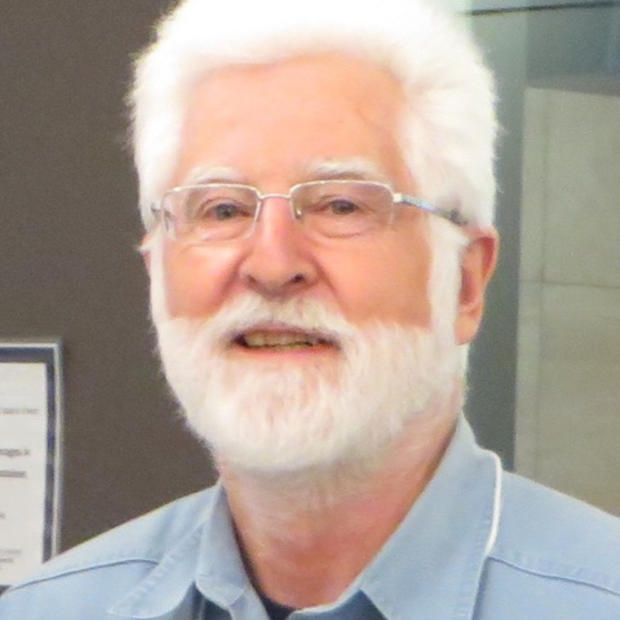When it comes to what might really improve schools, there are two things worthy of note in Linda Shaw'ês Sunday Seattle Times article about Puget Sound-area high schools that have improved on-time graduation rates over the past six years.
The example Shaw highlights is Everett School District but quite a few others have similarly impressive results. Everett pushed the percentage of freshmen who graduate on time from 53.1 percent in 2003 to 83.7 percent in 2009. What'ês important is how they did it.
Everett hired 'êsuccess coordinators,'ê a handful of people assigned 'êabout five years ago to work on-on-one with students at risk of dropping out,'ê Shaw wrote. And therein lies the key: The success coordinators sought out the teens in need of help and worked with them, talked them through the problems they faced, helped find solutions, and provided motivation when that was needed.
Shaw does not detail the strategies the other regional schools used. But there is absolutely no doubt that close adult involvement with kids — and the guidance, discipline, and motivation that results — works nearly every time.
It is far likelier to produce results, as Everett has shown, than the reforms trumpeted for the last decade by the big foundations (Gates, Broad, etc.) and by the Obama and Bush II administrations. No big structural changes such as charter schools were necessary, only the commitment of adults to actually talk to high school kids.
'êAll some needed was the knowledge that someone was watching them and supporting them,'ê summarized Shaw. Makes you wonder what we'êve been doing all these years, doesn'êt it? Parents take note. Could be that schools are not alone at fault.
The second thing to look at is Everett'ês willingness to kill off a dumb course. The district noticed that 30 percent of students failed a graduation requirement course called Infotech. Educators wondered why. The problem, it turned out, was that kids already knew the material. Not surprising, because fooling with information technology and its devices is totally part of the next generation'ês daily lives. Shaw quotes Terry Edwards, Everett'ês chief academic officer: 'êThey were just so bored silly by the class that they weren'êt coming.'ê
Everett made a good decision, but the larger point is what the course tells us about schools and our children. The existence of a course like Infotech is only an indicator of a widespread failing. Our educators commonly and systematically underestimate the abilities of the children and teens in their care. Parents know this. They complain at least as often that their kids weren'êt challenged as that they weren'êt helped with problems. The next step for Everett and nearly every other high school might be to make their courses tougher.
There'ês a final point to be taken from Shaw'ês article. The gains in graduation rates throughout the region are evidence that the landscape of public education is not as bleak as it'ês made out to be. Despite that, though, the bad news persists: Particularly for the poor, there remain schools that fail utterly in their duty to equalize life'ês opportunities.



